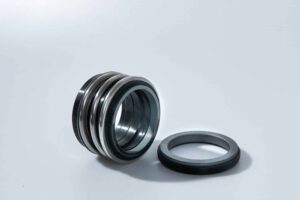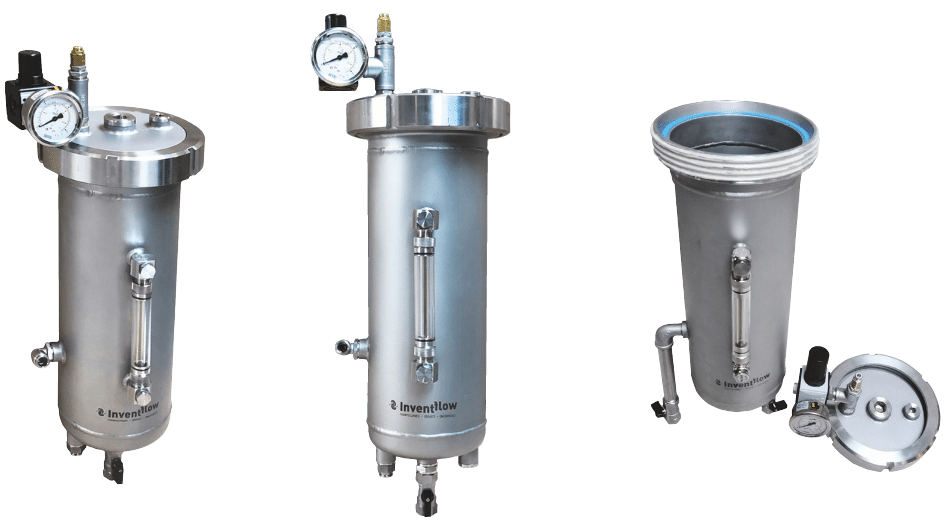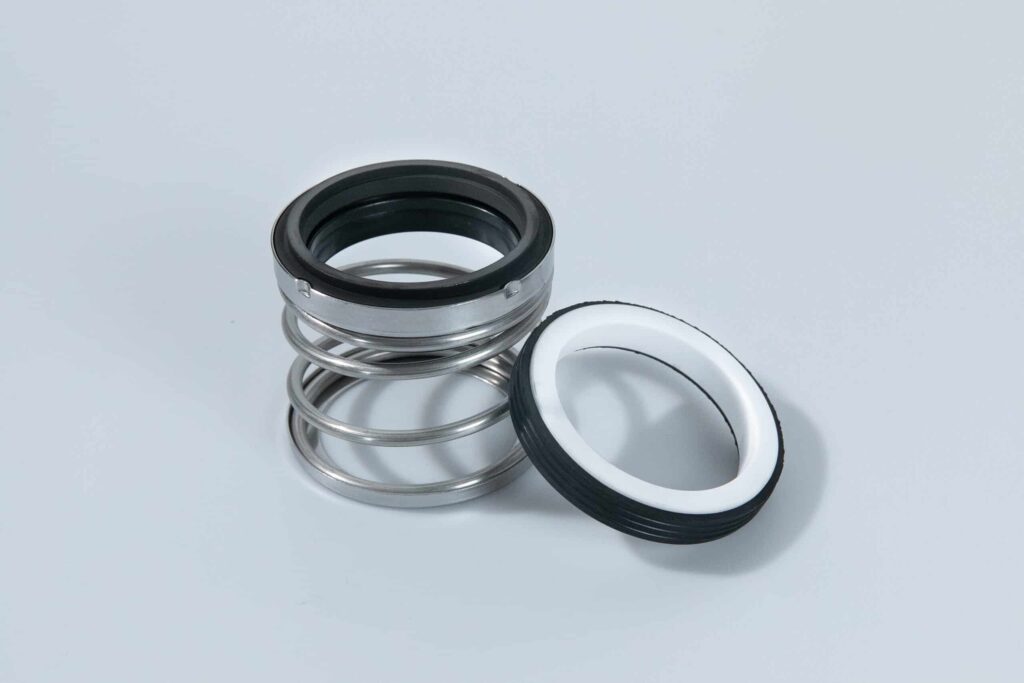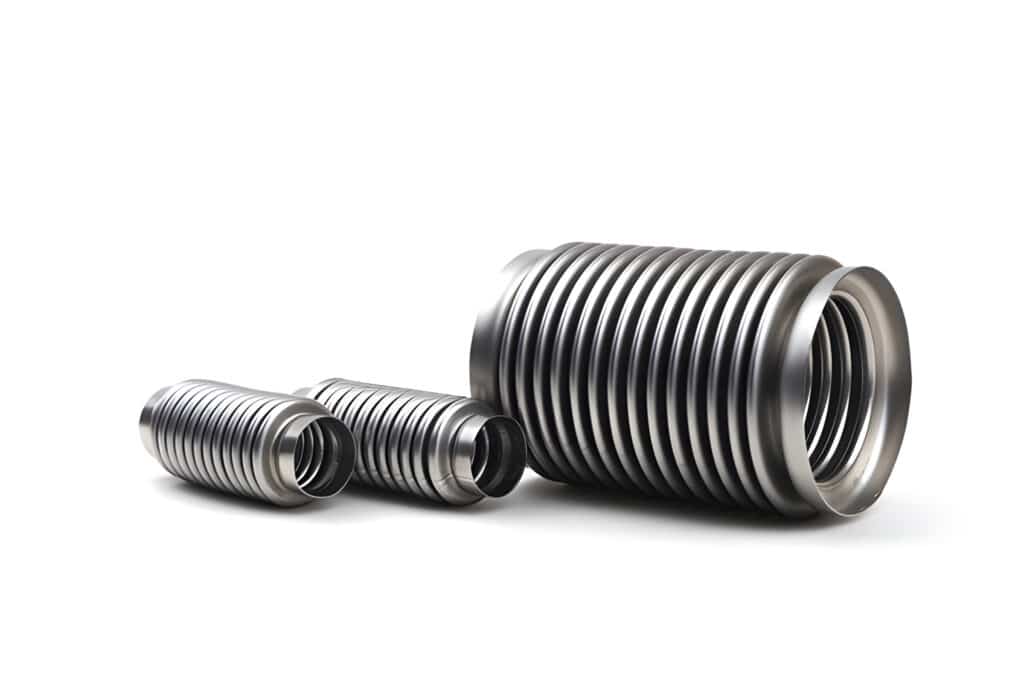Silicone-based lubricants are generally considered safe for most rubber seals. These lubricants are chemically inert, meaning they do not react with the rubber material. They offer excellent thermal stability, maintaining their lubricity across a wide temperature range. Silicone lubricants also provide good water resistance and do not easily wash away.
For example, polydimethylsiloxane (PDMS) is a commonly used silicone lubricant that is compatible with various rubber materials, including nitrile, silicone, and fluoroelastomer seals. It is widely employed in automotive, aerospace, and industrial applications where reliable sealing is critical.
Polyalphaolefin (PAO) synthetic lubricants are another option for rubber seals. PAOs are chemically stable and offer good compatibility with most elastomers. They have a high viscosity index, ensuring consistent lubrication across a broad temperature range. PAOs also exhibit excellent oxidation resistance, preventing the formation of sludge and deposits that can interfere with seal performance.
When lubricating rubber seals, it is essential to apply the lubricant sparingly. Excessive lubrication can attract dirt and debris, leading to contamination and potential seal failure. A thin, even coat of lubricant is sufficient to reduce friction and ensure proper sealing.






